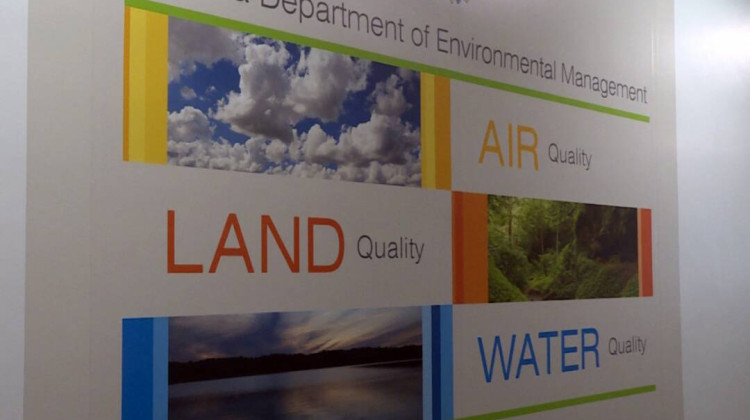
According to the American Coal Ash Association, the use of coal ash as fill went up by 40 percent from 2020 to 2021 following several years of declines.
PixabayMore than 30 Hoosiers — including some residents of the Town of Pines — signed on to a multi-state letter urging the Environmental Protection Agency to ban the use of coal ash as fill in construction. This comes after a recent EPA risk assessment draft showed exposure to coal ash used as fill can increase people’s risk of cancer and other health issues.
Coal ash fill often contains arsenic and can become radioactive. The EPA found that exposure to even very small amounts of coal ash mixed in soil can increase your risk for cancer. That risk only goes up the more coal ash is used in the mix and if there is no clean soil covering the coal ash.
In the letter, advocates say many states don’t prohibit coal ash from being used as fill near drinking water wells, homes, or playgrounds — and that the use of coal ash as fill is going up.
Coal ash was used as fill at hundreds of properties in the Town of Pines. The town has fewer than 600 people, but resident Cathi Murray said you can find someone with cancer on every block.
“One of the first meetings I was at, there were 11 of us. Seven of us had thyroid issues. That seems a little more than coincidental to me," she said.
Murray said Pines residents were told by the federal government that their community was too small to do a health study.
Larry Jensen worked as a radiation expert in the EPA’s Superfund division for 25 years. More than a decade ago, residents in the Town of Pines asked him to help them find where coal ash had been used as fill in the town.
Jensen found levels of gamma radiation in people’s yards that were higher than the surrounding area. He said he showed that data to former colleagues at EPA, but they dismissed it.
“We tried to get EPA to come in and make their own measurements and compare what they got with what we got. We were never able to get that far along," Jensen said.
Join the conversation and sign up for the Indiana Two-Way. Text "Indiana" to 73224. Your comments and questions in response to our weekly text help us find the answers you need on statewide issues, including our project Civically, Indiana.
Murray said clean soil was put on top of some of the coal ash in the Town of Pines. Jensen said even if doing so does reduce the radiation risk, it doesn’t solve the problem. Soil can erode or become disturbed and expose that radiation.
Among other things, signatories on the letter want the EPA to look further into the health risks posed by breathing in and ingesting coal ash as fill, require cleanup in areas where its been used, and create a rule to ban any future use of coal ash as fill.
Last year, NIPSCO signed a consent decree to test the soil for toxic heavy metals at more than 400 properties in the Town of Pines to see if they require excavation. But a spokesperson for the utility said NIPSCO is still waiting for the EPA to approve its final work plan before it can move forward.
Rebecca is our energy and environment reporter. Contact her at rthiele@iu.edu or follow her on Twitter at @beckythiele.
 DONATE
DONATE






 Support WFYI. We can't do it without you.
Support WFYI. We can't do it without you.